
Image Source: http://scienceblogs.com
The above photo is of the South African “Weaver Bird”.
Weaver Birds are small bright colored yellow birds, which Passy saw first hand while taking a crocodiles tour at St Lucia.
As their name suggests, they create intricate nests out of plant material, carefully threaded and woven into a solid geometrical structure.
The male birds do lots of intricate weaving to build their nest, and also have to search far and wide to obtain the best building materials.
The birds are not taught by their parents how to weave these nests, it is programmed into their genetics, and they simply “know” how to do it.
Their efforts advertise their skill and quality to potential female mates.
By picking the best built nest, a female gets not only the most comfortable home, but some assurance about the genetic standards of the home-maker.
Nature has thereby programmed these birds so that by natural selection the best genes will be carried forward in the species.
Here is a photograph of a very capable male bird, with a well built geometrically symmetrical nest.

Image Copyright 2013 by Passy’s World of Mathematics
Take a look at the sad face on this other bird in the photo below, and his far from perfect nest. The Geometry is awful, and his selection of building materials is definitely sub-standard.
He is never going to “get a girl” with an effort like that!
No wonder he looks so sad.
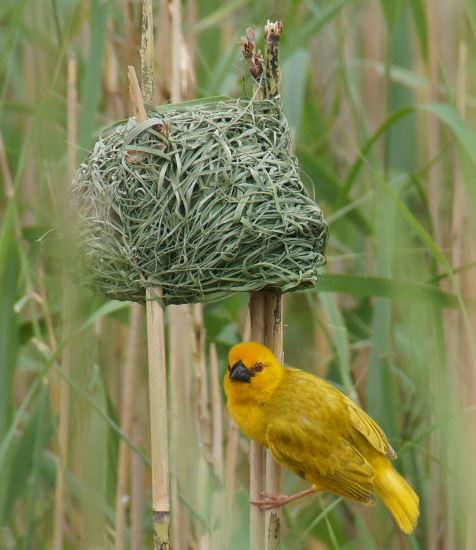
Image Copyright 2013 by Passy’s World of Mathematics
See if you can pick the winning nest in this lot.
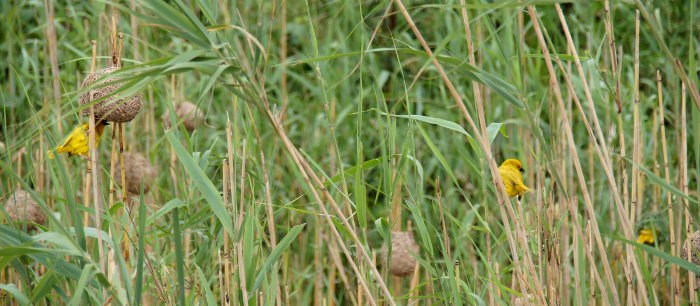
Image Copyright 2013 by Passy’s World of Mathematics
Many animals use Ornamentation for Mating Purposes.
For the male Weaver Bird, it is the nest he builds, and how good the geometrical shape of it is.
For similar examples of Ornamentation, think about the mane on a lion, the antlers on a deer, or the tail of a peacock.
All of these features serve no practical purpose, other than to attract females.
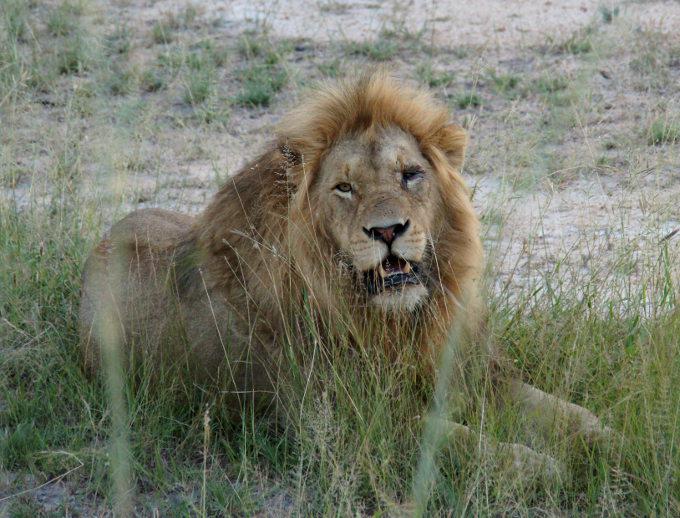
Image Copyright 2013 by Passy’s World of Mathematics
A Lion’s mane would be very hot and uncomfortable in the harsh African sun, the antlers on a deer require it to eat massive amounts of extra grass to grow them, and the tail of a peacock makes it very hard to move around and fly away from its predators.
The Male Peacock Tail

Image Source: http://www.wired.com
With the male Peacock, attracting a mate is all about geometry.
A male with a well shaped even tail, and a sufficient number of strong even markings that are all similar matching shapes, will be the preferred mate of many female birds.
The quality of the tail is a direct product of great genetics, and so the natural selection process will draw females to the males with the best genes.
There is a great article about Male Peacock Feathers at the following link:
http://www.wired.com/wiredscience/2011/04/peacock-mating-feathers/
Crop Circles in the Ocean
The above video shows another interesting story about Geometry and animals mating in Nature.
The interesting geometrical patterns found on the sea floor are not the work of Aliens, or secret Underwater Artists, but are actually made by Puffer Fish as part of their natural mating ritual!
Geometry of Animal Jaws
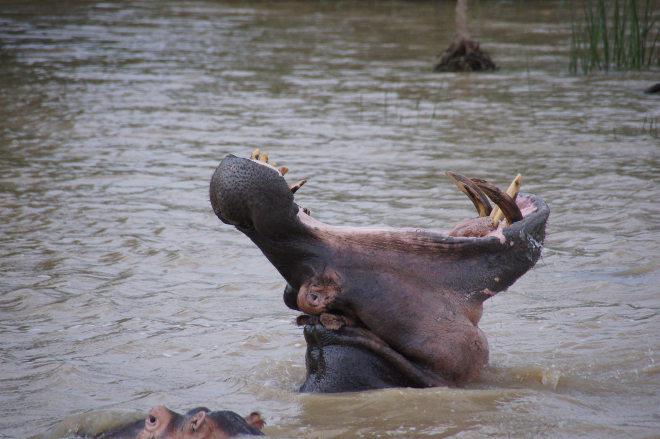
Image Copyright 2013 by Passy’s World of Mathematics
A Hippopotamus can open up its jaw to nearly a full 180 degrees.
No wonder they are the most dangerous animal in Africa and kill more people there than any other species.
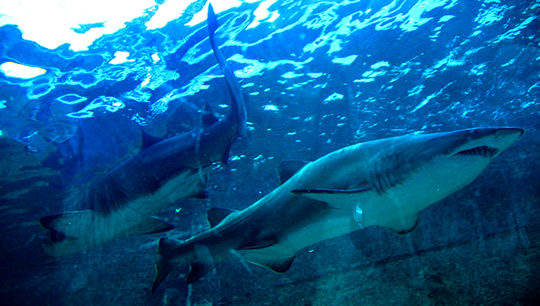
Image Copyright 2012 by Passy’s World of Mathematics
There is also a lot of geometry going on in the jaws and teeth of sharks.
The jaws of Sharks are made of flexible cartilage.
In contrast to most other fish, sharks’ skeletons are made up entirely of cartilage.
The shark’s upper jaws can be dislocated: the whole upper and lower jaw pull out and forward as the shark twists and shakes its head from side to side to bite a chunk out of its prey.
These sharks feed on very large prey: the great white shark eats sea lions and and its prehistoric ancestor the Megalodon is thought to have eaten whales.
These sharks ambush their prey and immobilise them with a bite, then wait for them to die. They are actually delicate feeders and take care not to damage their teeth by biting down too hard on the large bones of their prey.
To keep their teeth sharp, sharks have a battery of them that is continually replaced. This is why they have rows of teeth in their huge mouth. These rows of teeth are also angled backwards so that their prey cannot escape.
It is the combination of their size, their razor-sharp teeth and the element of surprise that makes sharks such deadly predators.
Geometry of Flight
The following sequence of pictures show an African Eagle taking off at the St Lucia River in South Africa.
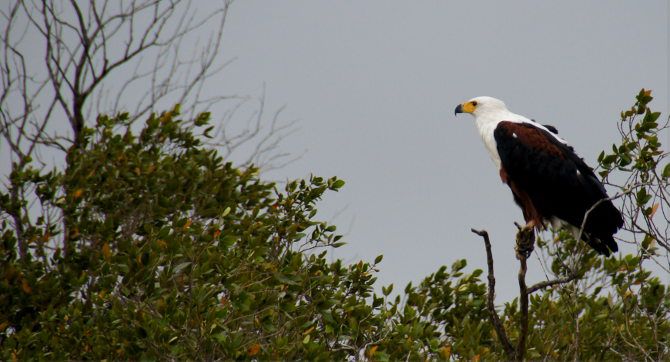
Image Copyright 2013 by Passy’s World of Mathematics
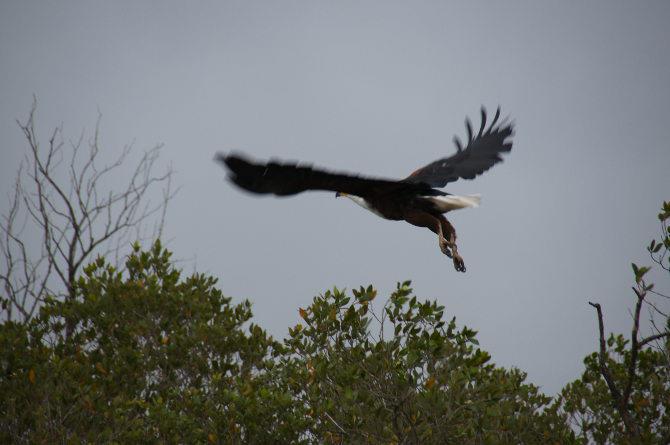
Image Copyright 2013 by Passy’s World of Mathematics
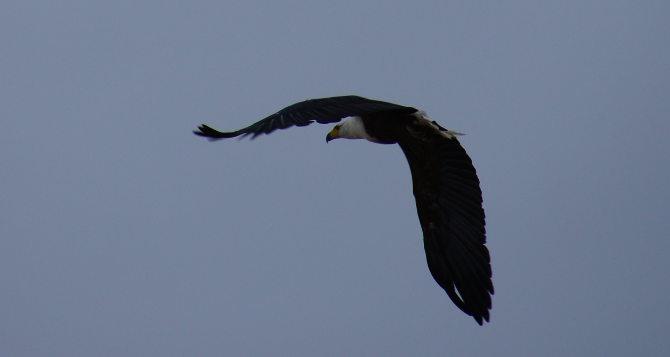
Image Copyright 2013 by Passy’s World of Mathematics
Birds flap their wings rapidly through a specific angular range when taking off, and they can gain height rapidly.
In an Eagle, the large wings and their geometry allows the bird to then glide through the air at very high speeds.
Our modern planes have fixed wings that are a specific geometric shape which makes the airflow over them create a lower pressure under the wing which in turn makes the wing rise upwards.
Although a real plane has never flapped its wings like a bird to take off, we do have a photoshop representation of what this would look like:

Image Source: http://www.crazywebsite.com
Early attempts at flight tried to copy the Geometry and Motion of birds, but were highly unsuccessful.
Although, some people have had limited success at the famous Melbourne Bird Man Rally on the Yarra River.

Image Source: http://images.3aw.com.au
That bird man does not look confident.
We doubt he is going to soar like an eagle; in fact not even a redbull could give him wings!
Camouflage in Animals

Image Copyright 2013 by Passy’s World of Mathematics
Another interesting aspect of Geometry in animals is the use of stripes or spots of distinctive geometric shapes, which help the animal hide from predators.
The above Zebras were photographed by Passy in the wild at Kruger National Park in South Africa.
These animals were able to use their stripes to camouflage themselves in amongst the dead trees. They also roll in the dirt and have a lot of brown dust on them to further help them blend into the bush. Very different to the clean hose-washed black and white Zebras we see at the Zoo.
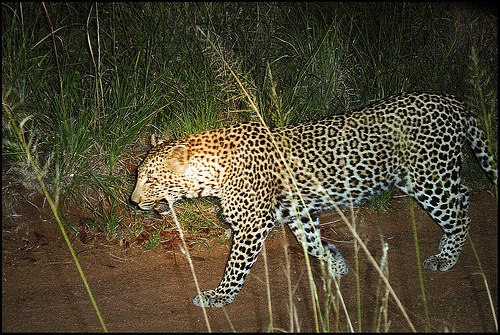
Image Copyright 2013 by Passy’s World of Mathematics
The quality of a Leopard’s spots and their geometrical layout serve two purposes: camouflage when they are running fast, as well as genetic indication to females of their suitability as a potential mate.
It was certainly exciting, and indeed very lucky, when Passy got to see the above sleek and elegant leopard during a night safari in Africa.
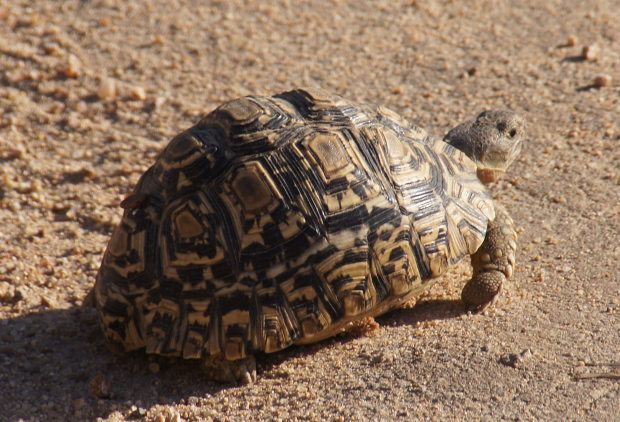
Image Copyright 2013 by Passy’s World of Mathematics
Perhaps not quite as exciting or sleek as the Leopard, is its very distant cousin: The Leopard Tortoise.
But once again an African animal with beautiful and functional geometrical markings on its hard strong shell.
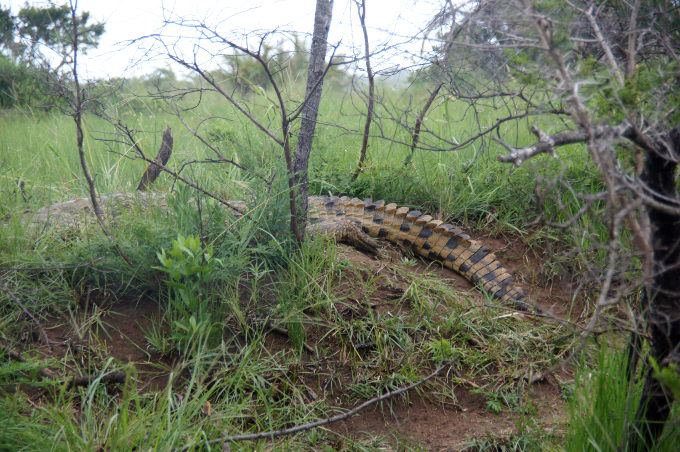
Image Copyright 2013 by Passy’s World of Mathematics
Here is a crocodile we saw crawling into some long grass by the river as soon as our boat approached.
Notice how effective his camouflage is once his body enters into the grass.
The strong geometric patterns on his body have merged into his surroundings and he is now much harder to see.

Image Source: http://fineartamerica.com
Here is a member of the animal kingdom with some exquisite geometrical ornamentation: the Diamond Back Rattlesnake.
When it is moving through dry rocky areas, its body is camouflaged, and the level of geometric perfection in its diamonds indicates its genetic quality.
Camouflage For New Model Cars

Image Source: http://images.mnn.com
When car companies are testing yet to be released models, they camoufalge them by deliberately using geometric shapes to confuse the human eye.
These shapes can be Triangles of various sizes, warped chequered flag squares, or various other geometrical designs.

Image Source: http://stwot.motortrend.com
In this next example, Maserati have even used a combination of shapes, which join together to render into three dimensionsal objects wound around the vehicle.
By far our favorite camouflaged car is the Renault shown in the following photos.
The geometrical shapes and their placement make the side panels look all bent out of shape, making it extremely difficult to see what the car really looks like.
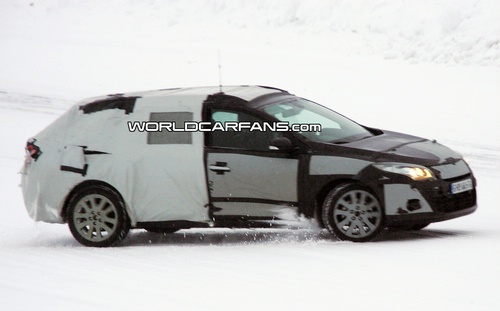
Image Source: www.worldcarfans.com
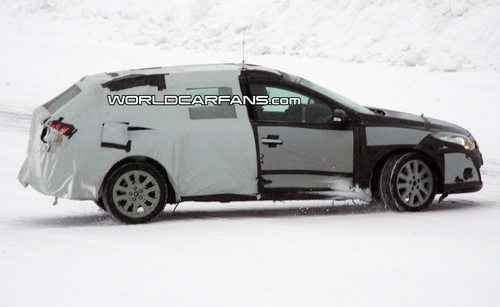
Image Source: www.worldcarfans.com

Image Source: www.worldcarfans.com
Here are a couple of photos of the above Renault model after it was mass-produced and marketed to the public.

Image Source: http://images.thecarconnection.com

Image Source: http://www.autoplenum.de
That’s it for this lesson on Geometry in the Real World.
As we have seen, Geometry is extremely important in the real world for the successful propagation of animal species with the best genetics, as well as for the safety and/or hunting prowess gained from camouflage.
We have even been able to copy some of nature’s ideas to camouflage new model cars when they are tested.
This stops car design ideas from being stolen by competitors, as well as preventing the public from getting any sneak previews of new models before they are ready to go on sale.

Image Copyright 2013 by Passy’s World of Mathematics
If you ever get a chance to go to Africa make sure you do.
The people, the animals, and the mathematics are awesome!
Related Items
Mathematics of Sharks
Jobs that use Geometry
Classifying Triangles
Angle Sum in a Triangle
Exterior Angle of a Triangle
Angles and Parallel Lines
Pythagoras and Right Triangles
Congruent Triangles
Similar Shapes and Similar Triangles
Subscribe
If you enjoyed this lesson, why not get a free subscription to our website.
You can then receive notifications of new pages directly to your email address.
Go to the subscribe area on the right hand sidebar, fill in your email address and then click the “Subscribe” button.
To find out exactly how free subscription works, click the following link:
If you would like to submit an idea for an article, or be a guest writer on our website, then please email us at the hotmail address shown in the right hand side bar of this page.
Feel free to link to any of our Lessons, share them on social networking sites, or use them on Learning Management Systems in Schools.
Like Us on Facebook
Help Passy’s World Grow
Each day Passy’s World provides hundreds of people with mathematics lessons free of charge.
Help us to maintain this free service and keep it growing.
Donate any amount from $2 upwards through PayPal by clicking the PayPal image below. Thank you!
PayPal does accept Credit Cards, but you will have to supply an email address and password so that PayPal can create a PayPal account for you to process the transaction through. There will be no processing fee charged to you by this action, as PayPal deducts a fee from your donation before it reaches Passy’s World.
Enjoy,
Passy




Pingback: Jobs With Geometry | Passy's World of Mathematics
Pingback: Similar Triangles Applications | Passy's World of Mathematics
Pingback: Trigonometry – Labeling Triangles | Passy's World of Mathematics
Pingback: The Cosine Ratio | Passy's World of Mathematics
Pingback: Trigonometric Ratios | Passy's World of Mathematics
Pingback: The Tangent Ratio | Passy's World of Mathematics